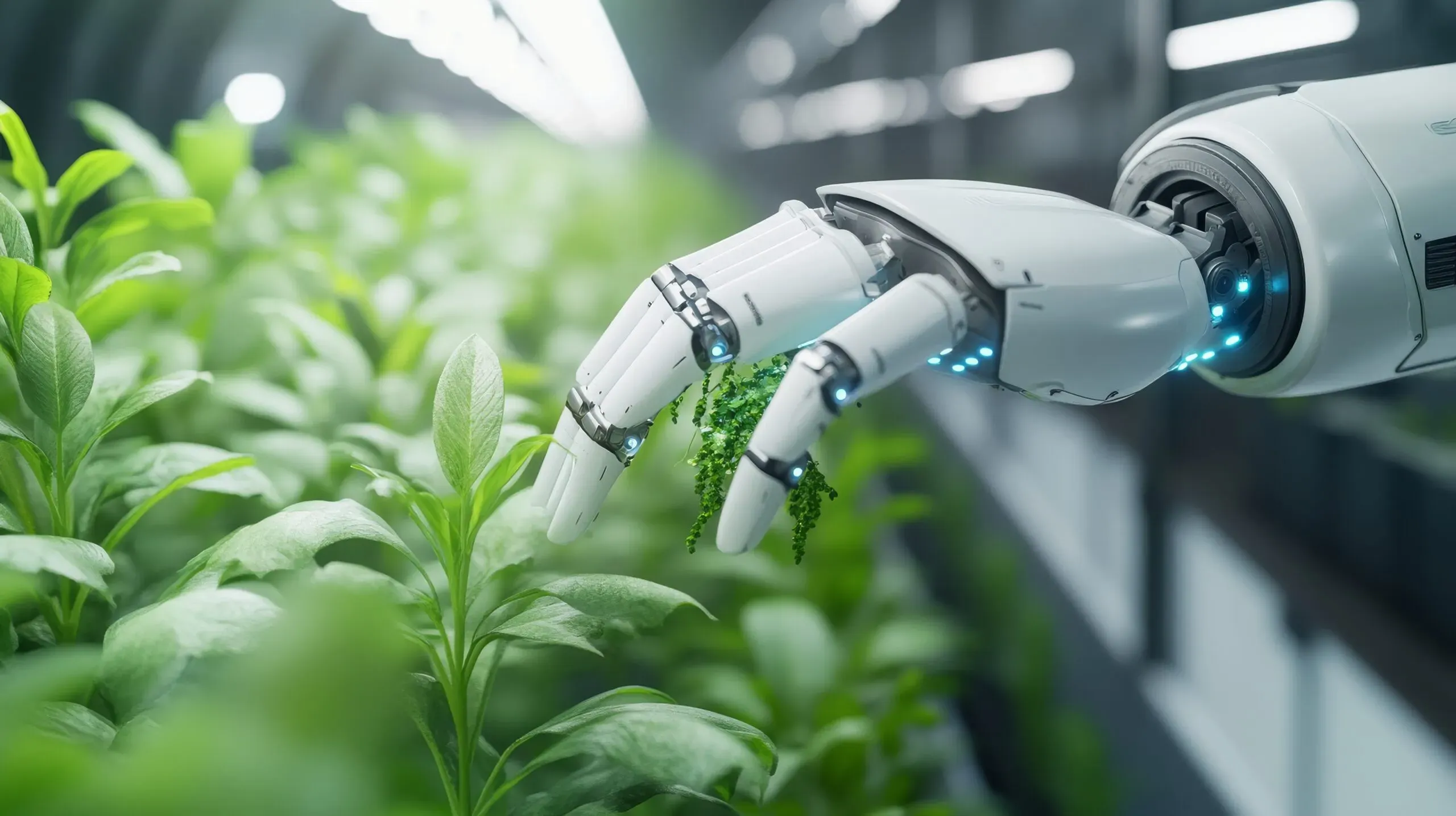Green Manufacturing at MT
The manufacturing process of a product, from raw material extraction to final assembly, can have a substantial environmental impact. In the case of antennas, the specific materials used, energy required, and pollutants emitted during production are key factors influencing its overall environmental footprint
Selecting materials:
The extensive use of plastics and PCBs in antenna production poses substantial environmental risks. These materials not only generate significant pollution during manufacturing but also present challenges in recycling, often leading to further environmental damage.. For this reason, using as few of such materials as possible or finding substitutes must be considered early on in the design phase.
Energy-efficient manufacturing:
Manufacturing electronic products often consumes a lot of electricity. Over their lifecycle, antennas do not consume electricity or materials while they are in service. As such, the largest amount of power consumed is the manufacturing process. Optimizing the energy consumption of manufacturing antennas is critical to reduce its carbon emissions throughout the antennas’ lifecycle.
Reducing pollution in manufacturing:
Conventional manufacturing generates waste water, exhaust gas, and physical pollutants, which pose a tough challenge for environmental governance. Using environmentally friendly materials can reduce pollution incurred by processing. Also, the manufacturing process must be improved to reduce pollution generated during manufacturing.
Reduce the Use of Plastics and PCBs
The complex architecture of conventional antennas necessitates the use of numerous plastic components, including cable jackets, dielectric layers, PCB-based power splitters, phase shifter striplines, and support structures. For instance, a 2LOW4HIGH six-band antenna can utilize over 3 kg of plastic components. By minimizing the use of these plastics, we can significantly reduce the environmental impact of antenna production. The integrated architecture of antenna arrays and feeding networks, particularly those leveraging SDIF technology, eliminates the need for internal cables. This significantly reduces the use of plastic materials, such as cable jackets and dielectric layers, which typically account for over 60% of the total plastic used in conventional antennas
Recyclable Packing Material
High Impact Polystyrene material with low dielectric constant with low loss characteristics which is fully recyclable. All packaging materials including pallet, carton, antenna etc are fully recyclable
Recyclable Antenna Radome
High Impact Polystyrene material with low dielectric constant with low loss characterstics. It encompasses low density, lightweight and robust material which is recyclable and environmentally friendly






